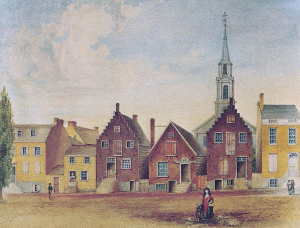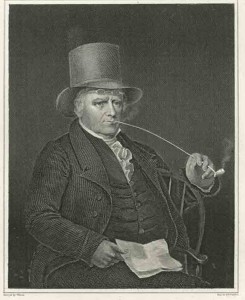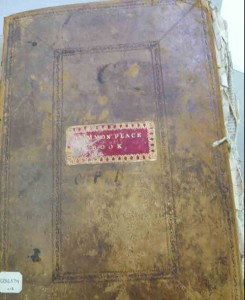Recently I had two of those conversations that stick with you. The first occurred when a friend showed me a portion of her postcard and photo collection. Her pictures chart the history of Albany through the nineteenth and twentieth centuries and this portion of her collection captured various parades in Albany during the 1930s. As she showed me the photos, she mentioned that she had brought them to show another friend, an elderly gentleman. I quipped that our friend might point out that he had watched those parades in person. She replied, "Oh no, he was probably just a baby at the time. Besides, [our friend] has lived here [in Albany] for only about fifty years; he is not a native Albanyan." A week later, I found myself involved in another discussion about what it means to be a "native Albanyan," a community insider. This person said she had lived in Albany for nearly thirty years and remarked something to the effect of "Albanyans are an exclusive bunch. Even after many years of living here [in Albany] I still feel like an outsider."
I know that the issue of community "insiders vs. outsiders" is not unique to Albany. I grew up in a New England town where it is common to refer to your neighbors' houses by the names of the people who departed from them over twenty years ago. Moreover, I have studied how immigrant and migrant groups have, and do, experience the same feelings of "insiders vs. outsiders" when they come to reside in a new country and community. Yet, for whatever reason, it resonated with me that people still believe that if you are not born in a community then you can never truly belong, even after you have lived in a place for more than thirty years.
 I am grateful that I had these conversations because they led me to think more deeply about my historical sources. I have only one source that directly discusses how unwelcome the writer's new, Albany neighbors made him feel when he arrived in 1798. Yet I have many more sources that describe Albany as a "foreign" and "Dutch" city (these sources span 1750-1810). Eager to make my point that Albany did not, in fact, constitute a true "Dutch" city, my dissertation refutes the authors' claims and concentrates on how the Albanyans worked to welcome newcomers. These conversations helped me to realize that my analysis unwittingly shows bias for the Albanyans' point of view. Now I understand that my dissertation does not fully consider how the authors' descriptions reflect that they felt like outsiders, even without their interacting with the people of Albany. The colonial Albanyans' Dutch-inspired architecture, Dutch-dialect, and hybrid customs seemed strange enough to passersby and new migrants that those characteristics alone made newcomers feel like they would never belong.
I am grateful that I had these conversations because they led me to think more deeply about my historical sources. I have only one source that directly discusses how unwelcome the writer's new, Albany neighbors made him feel when he arrived in 1798. Yet I have many more sources that describe Albany as a "foreign" and "Dutch" city (these sources span 1750-1810). Eager to make my point that Albany did not, in fact, constitute a true "Dutch" city, my dissertation refutes the authors' claims and concentrates on how the Albanyans worked to welcome newcomers. These conversations helped me to realize that my analysis unwittingly shows bias for the Albanyans' point of view. Now I understand that my dissertation does not fully consider how the authors' descriptions reflect that they felt like outsiders, even without their interacting with the people of Albany. The colonial Albanyans' Dutch-inspired architecture, Dutch-dialect, and hybrid customs seemed strange enough to passersby and new migrants that those characteristics alone made newcomers feel like they would never belong.
Newcomers felt more welcome after their initial shock over the appearance and sound of Albany wore off. Moreover, by the 1820s newcomers no longer commented on the seeming foreignness of Albany. Even Rev. Timothy Dwight remarked how Albany resembled an American city that other developing communities in upstate and western New York should emulate in both appearance and manners. Still, these recent conversations now have me thinking about whether the newcomers I studied ever felt like insiders. Even after the Albanyans adopted more ubiquitous architectural styles and the dialect of their American peers, and the newcomers had lived in Albany for twenty, thirty, or more years, did these non-Albany-born residents ever feel like, or identify, as "native" Albanyans or Albany insiders? After all, if there are people today who do not feel like natives or insiders after fifty years of residence, did the people of the past ever feel like they belonged to a community that they were not born into? I will continue to think about this as I revise my dissertation into a book.



